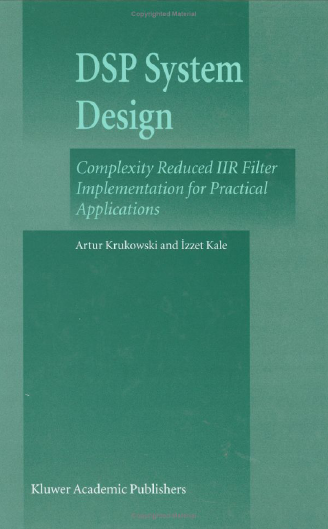DSP System Design

©2004 Springer Science + Business Media, Inc.
Print ©2003 Kluwer Academic Publishers
All rights reserved
No part of this eBook may be reproduced or transmitted in any form or by any means, electronic,
mechanical, recording, or otherwise, without written consent from the Publisher
Created in the United States of America
Visit Springer's eBookstore at:
http://www.ebooks.kluweronline.com
and the Springer Global Website Online at:
http://www.springeronline.com

 DSP System Design.part1.rar (4.96 MB)
DSP System Design.part1.rar (4.96 MB)  DSP System Design.part2.rar (4.96 MB)
DSP System Design.part2.rar (4.96 MB)  DSP System Design.part3.rar (4.96 MB)
DSP System Design.part3.rar (4.96 MB)  DSP System Design.part4.rar (2.1 MB)
DSP System Design.part4.rar (2.1 MB)